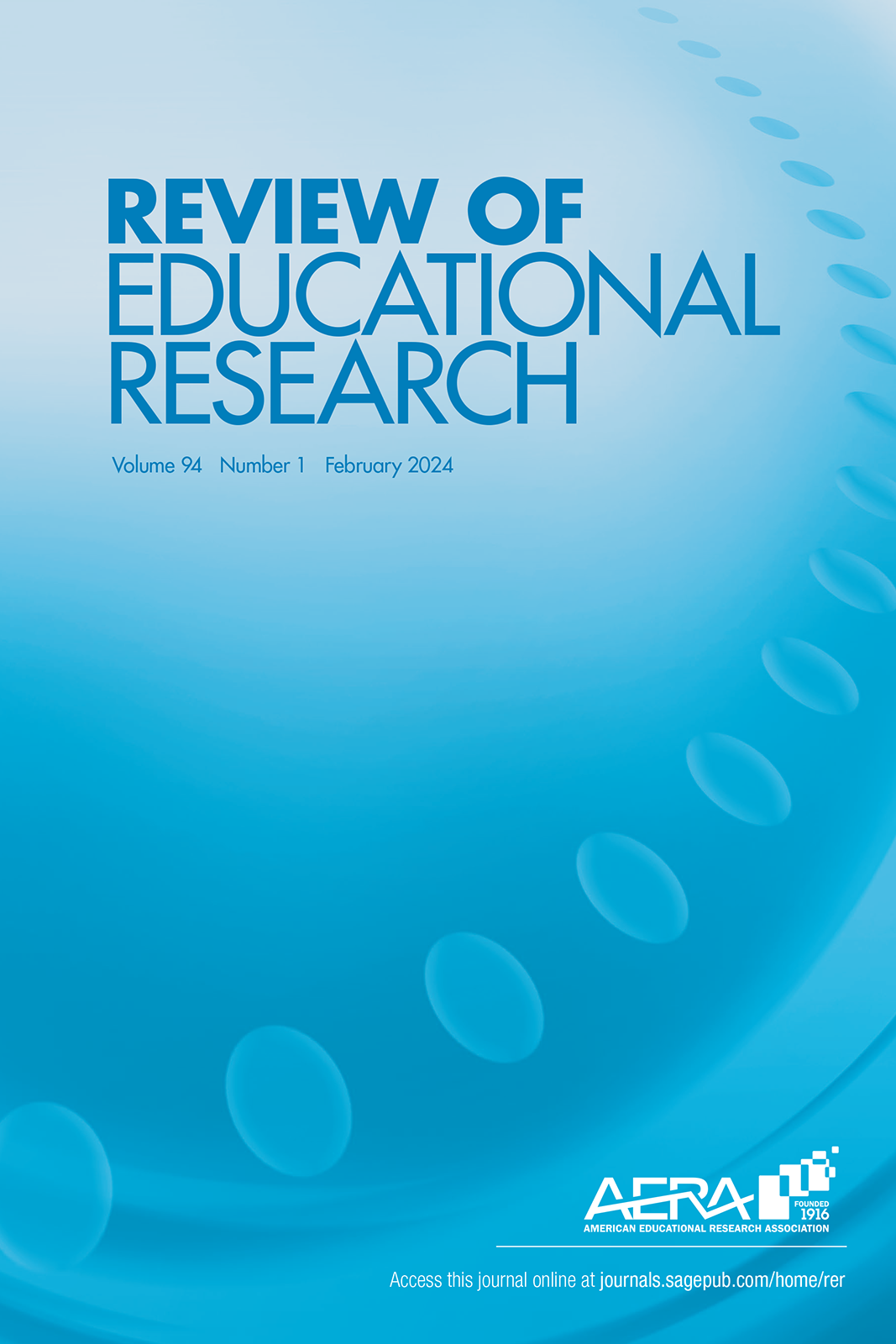随着租金上涨而成长:住房负担能力如何影响儿童
IF 8.3
1区 教育学
Q1 EDUCATION & EDUCATIONAL RESEARCH
引用次数: 5
摘要
在过去的几十年里,住房成本急剧上升,因此,越来越多的家庭变得“住房成本负担沉重”,将超过三分之一的收入用于房租和水电费。这篇综合性文献综述通过对2000年至2020年间发表的64项研究的回顾,考虑了家庭住房负担能力问题对儿童发展和学业成绩的已知和潜在影响。综合分为三个部分:第一部分研究了负担能力与儿童结果之间的直接联系。第二部分考虑了四种途径的经验证据,通过这些途径,负担能力问题被理论化为影响儿童结果:居住流动途径(通过导致居住流动、学校流动、驱逐或无家可归)、生活环境途径(通过降低住房质量或生活条件)、,社区和学校机会途径(通过限制进入高机会社区和学校)以及父母资源途径(通过减少可投资于儿童的财政资源和增加父母压力)。综合报告的第三部分通过审查关于联邦住房援助影响的研究文献,考虑了负担能力对儿童的影响。考虑了未来的政策方向,包括扩大对家庭的住房援助,并敦促教育领域的学者进一步研究住房负担能力对儿童的影响。本文章由计算机程序翻译,如有差异,请以英文原文为准。
Growing Up as Rents Rise: How Housing Affordability Impacts Children
Over the past several decades, housing costs have risen sharply, and as a result, an increasing number of families have become “housing cost burdened,” paying more than one third of their income toward rent and utilities. This integrative literature synthesis considers the known and potential impacts of families’ housing affordability problems on child development and schooling outcomes through a review of 64 studies published between 2000 and 2020. The synthesis proceeds in three sections: the first section examines research on the direct connection between affordability and child outcomes. The second section considers the empirical evidence on four pathways through which affordability problems are theorized to affect child outcomes: the residential mobility pathway (by causing residential mobility, school mobility, eviction, or homelessness), the living environment pathway (by reducing the quality of housing or living conditions), the neighborhood and school opportunity pathway (by restricting access to high-opportunity neighborhoods and schools), and the parental resources pathway (by reducing financial resources that could be invested in children and increasing parental stress). The third section of the synthesis considers affordability’s impact on children through an examination of the research literature on the impact of federal housing assistance. Future directions for policy are considered, including the expansion of housing assistance for families, and additional research is urged on the impacts of housing affordability on children by scholars within the field of education.
求助全文
通过发布文献求助,成功后即可免费获取论文全文。
去求助
来源期刊

Review of Educational Research
EDUCATION & EDUCATIONAL RESEARCH-
CiteScore
24.10
自引率
2.70%
发文量
28
期刊介绍:
The Review of Educational Research (RER), a quarterly publication initiated in 1931 with approximately 640 pages per volume year, is dedicated to presenting critical, integrative reviews of research literature relevant to education. These reviews encompass conceptualizations, interpretations, and syntheses of scholarly work across fields broadly pertinent to education and educational research. Welcoming submissions from any discipline, RER encourages research reviews in psychology, sociology, history, philosophy, political science, economics, computer science, statistics, anthropology, and biology, provided the review addresses educational issues. While original empirical research is not published independently, RER incorporates it within broader integrative reviews. The journal may occasionally feature solicited, rigorously refereed analytic reviews of special topics, especially from disciplines underrepresented in educational research.
 求助内容:
求助内容: 应助结果提醒方式:
应助结果提醒方式:


